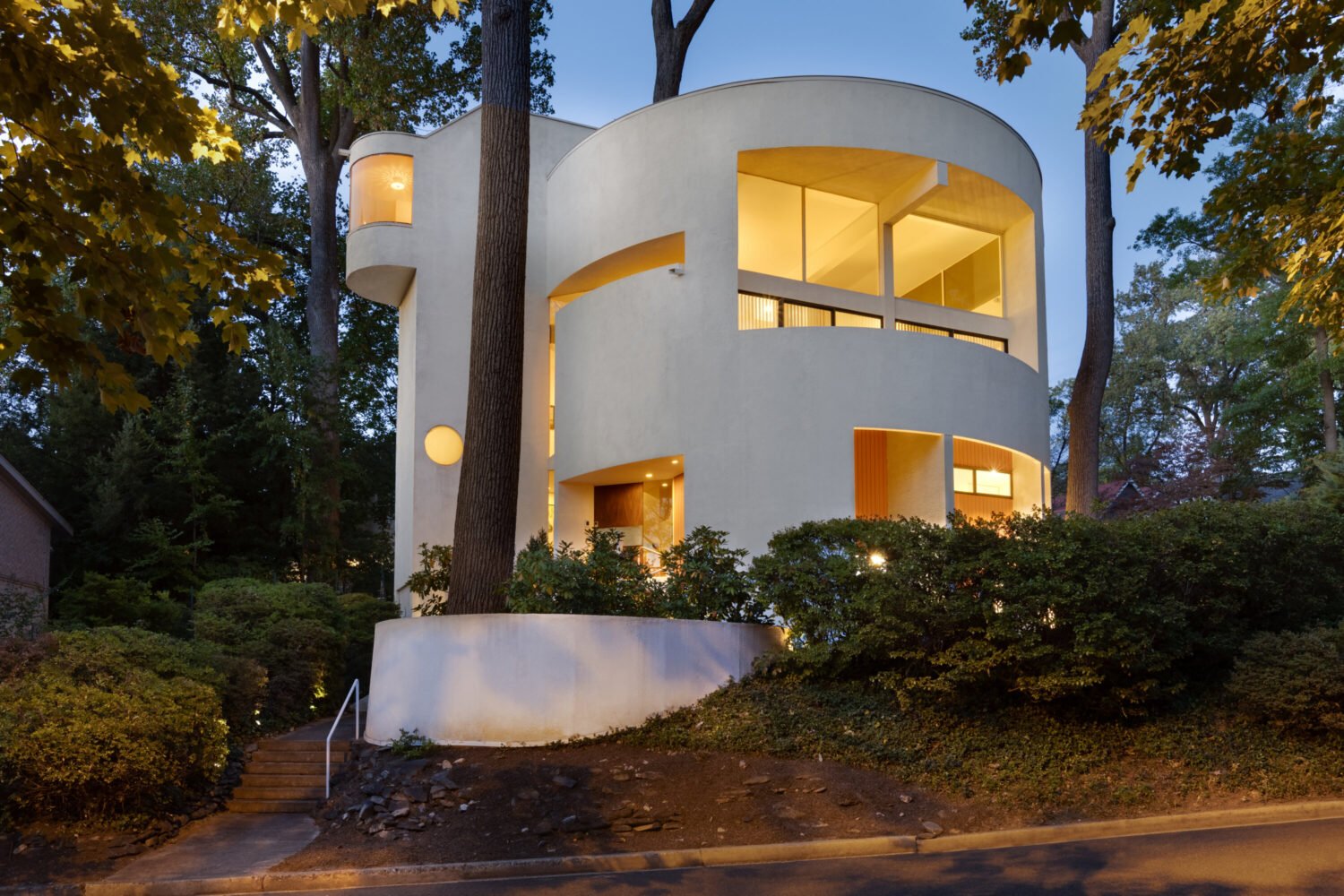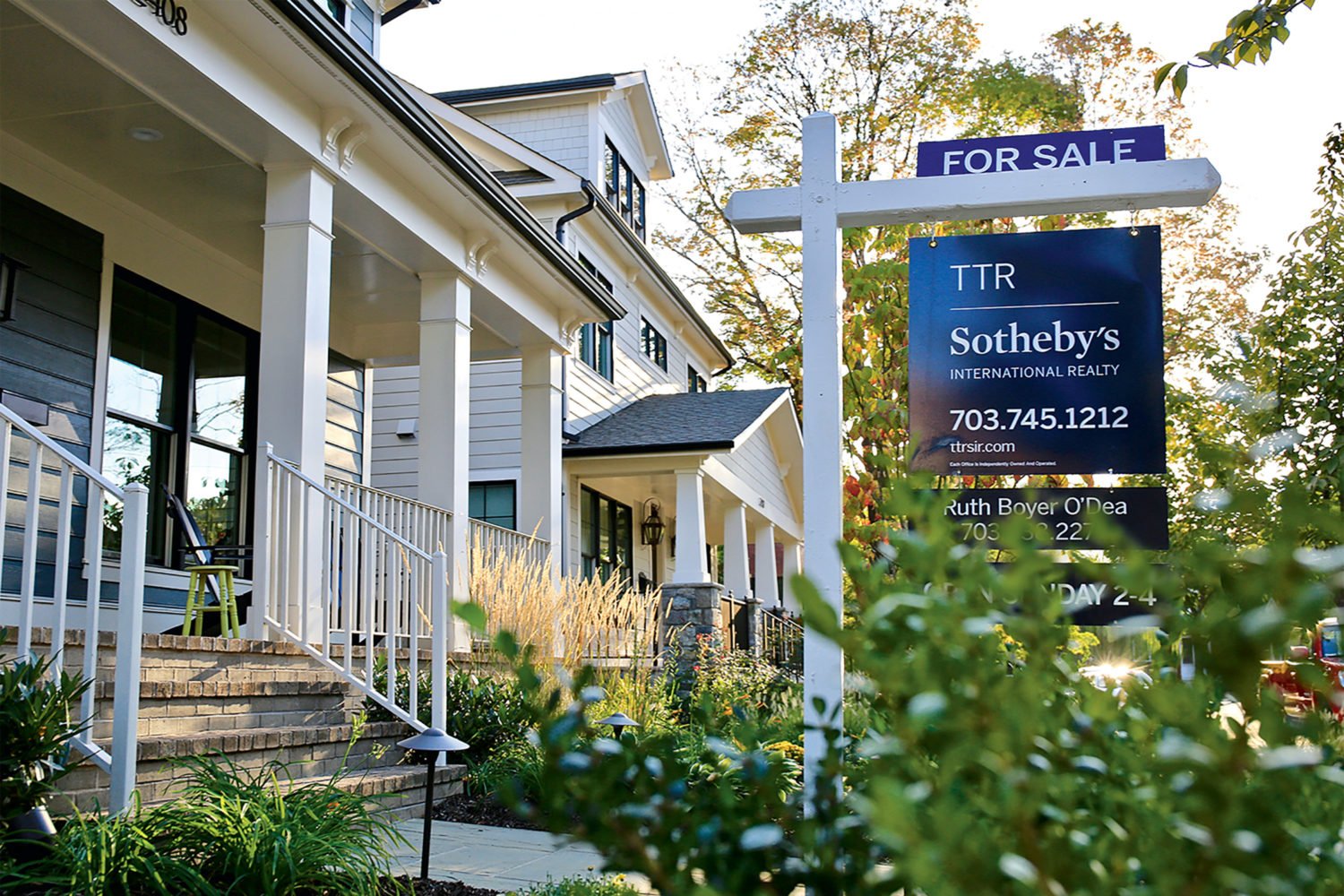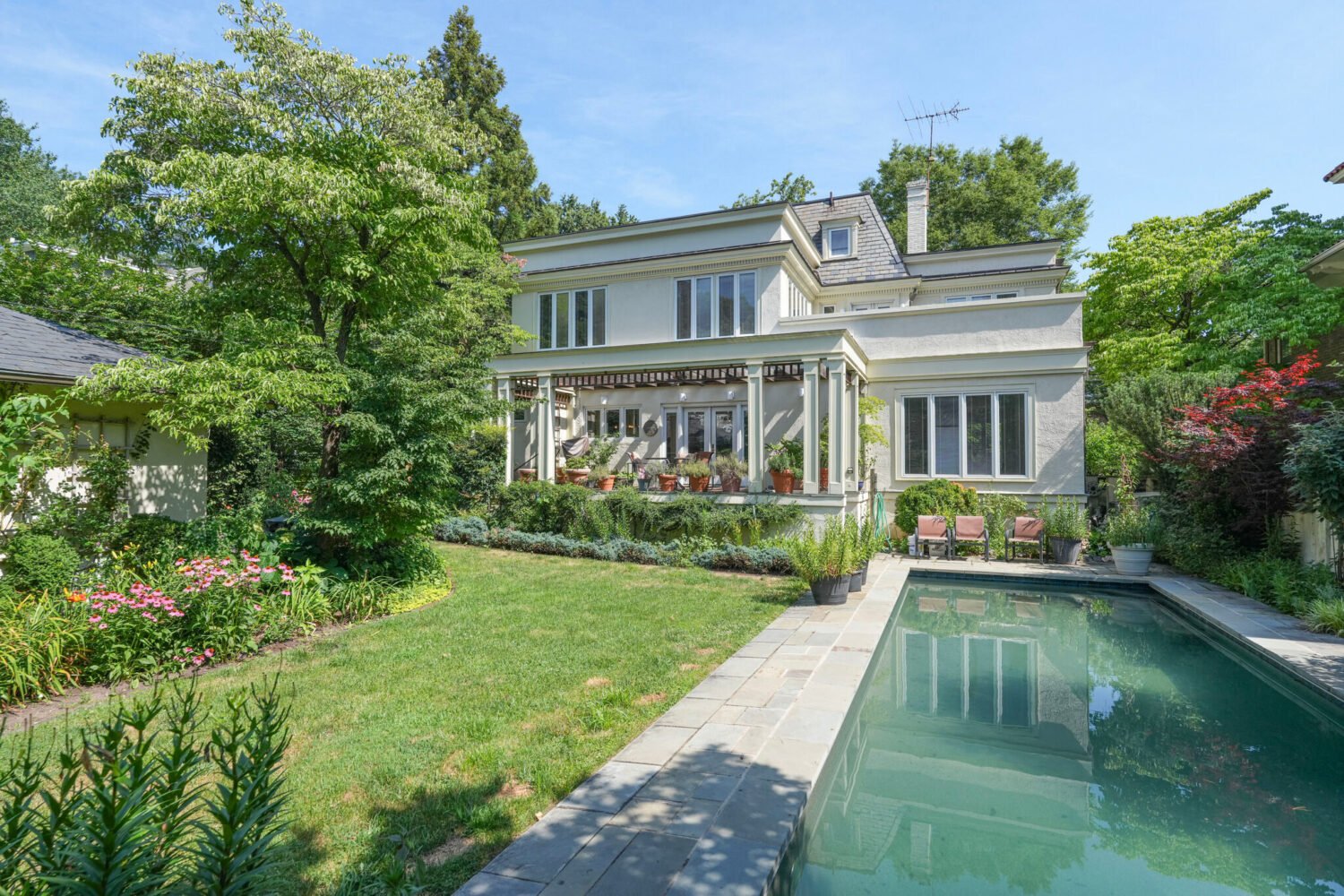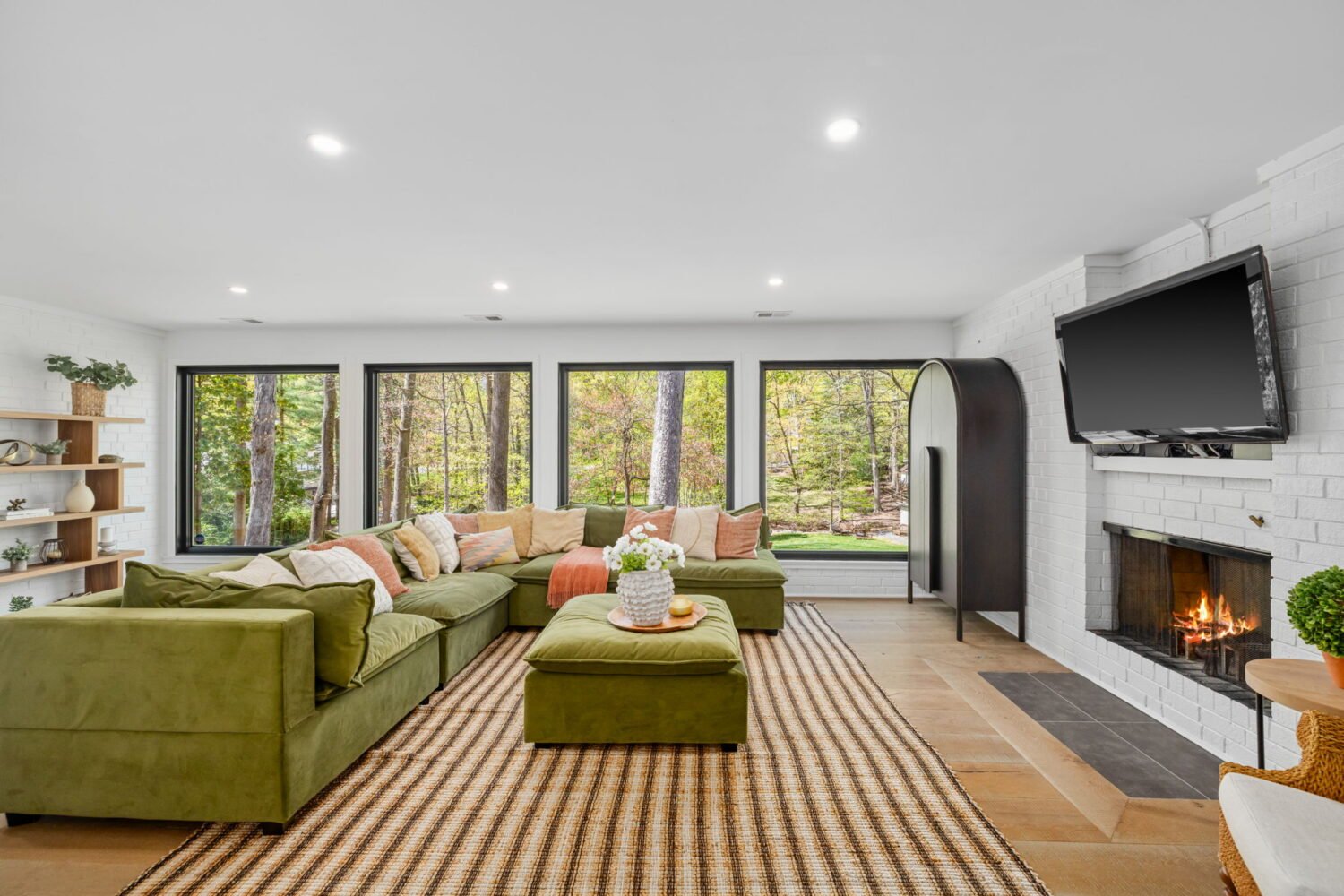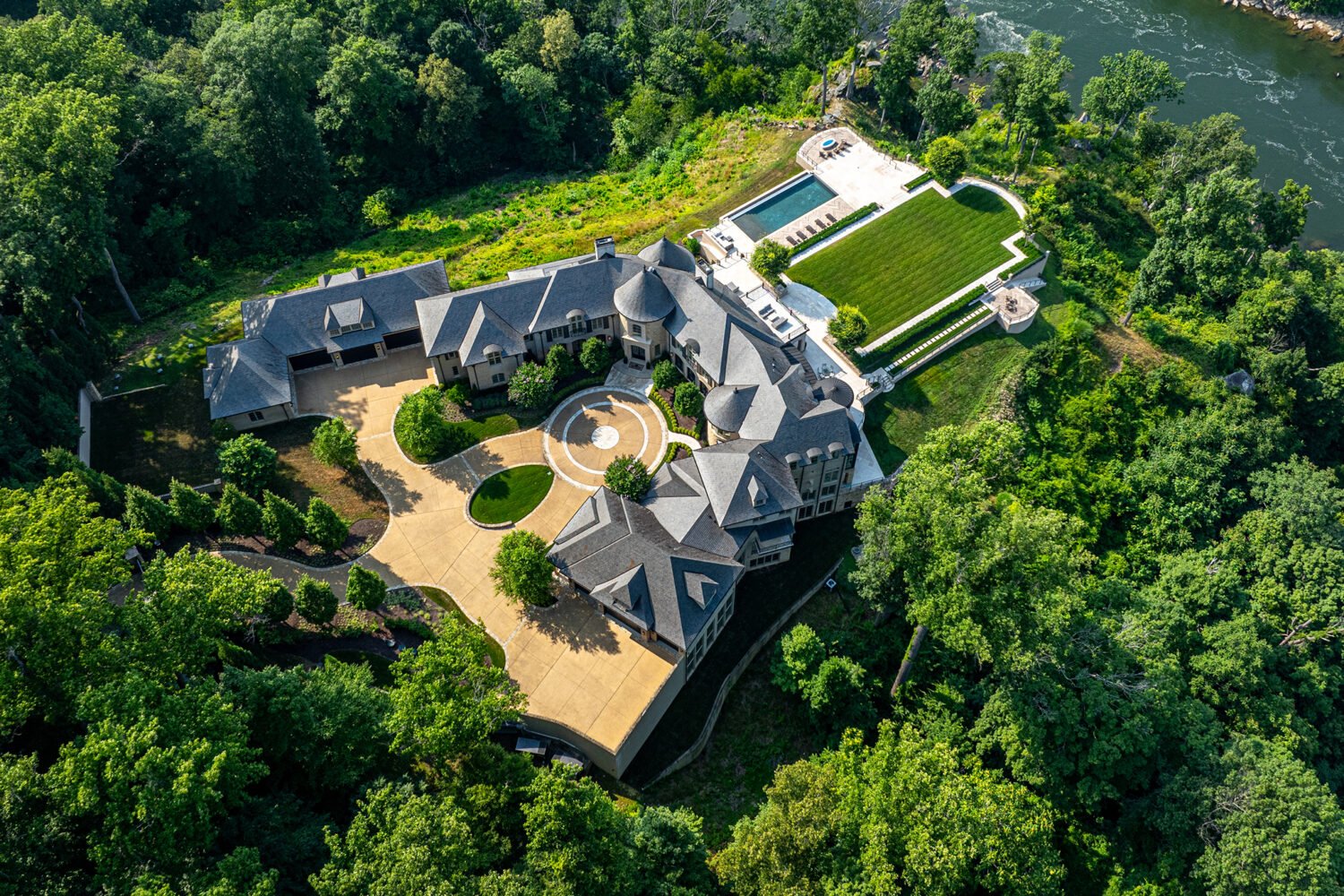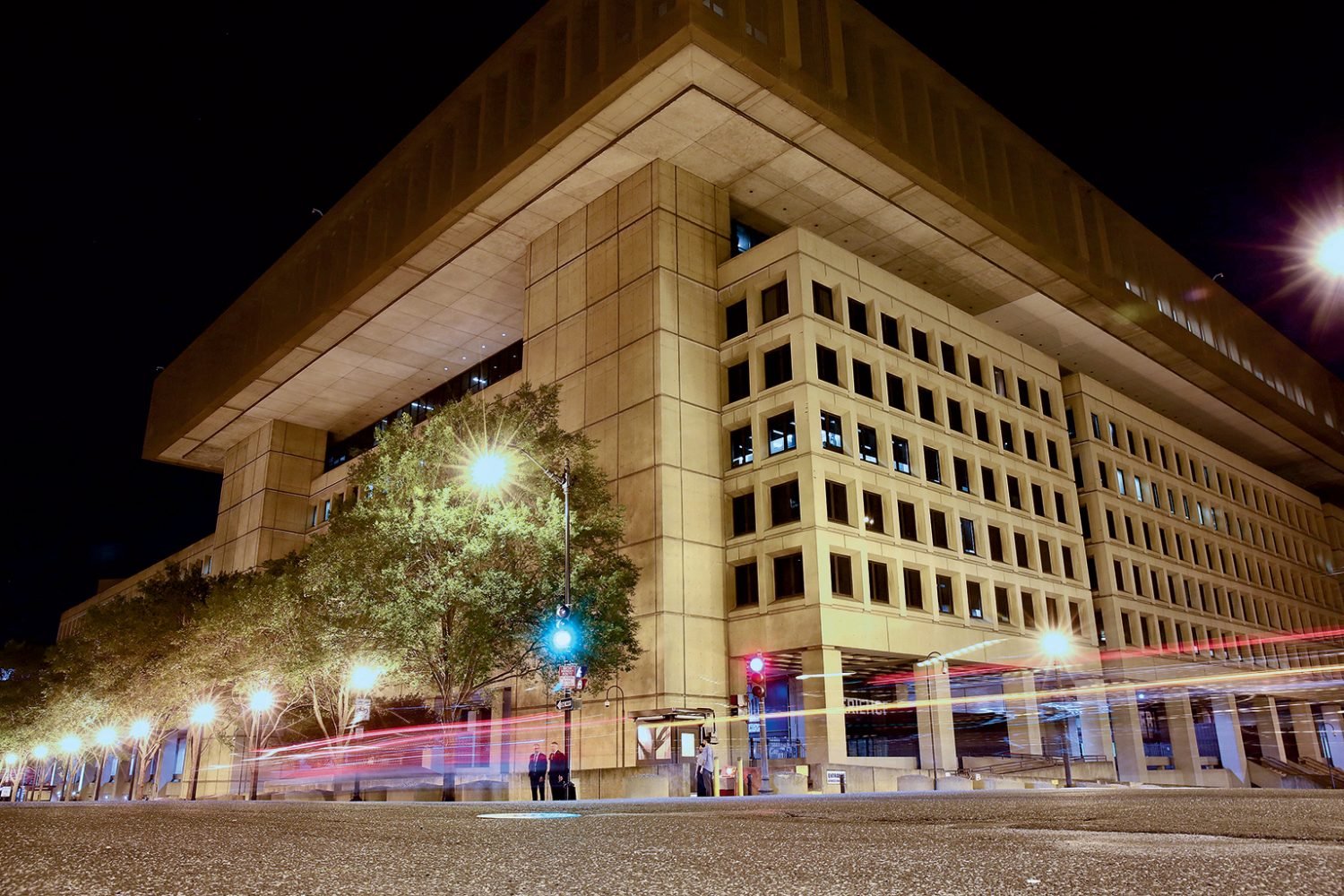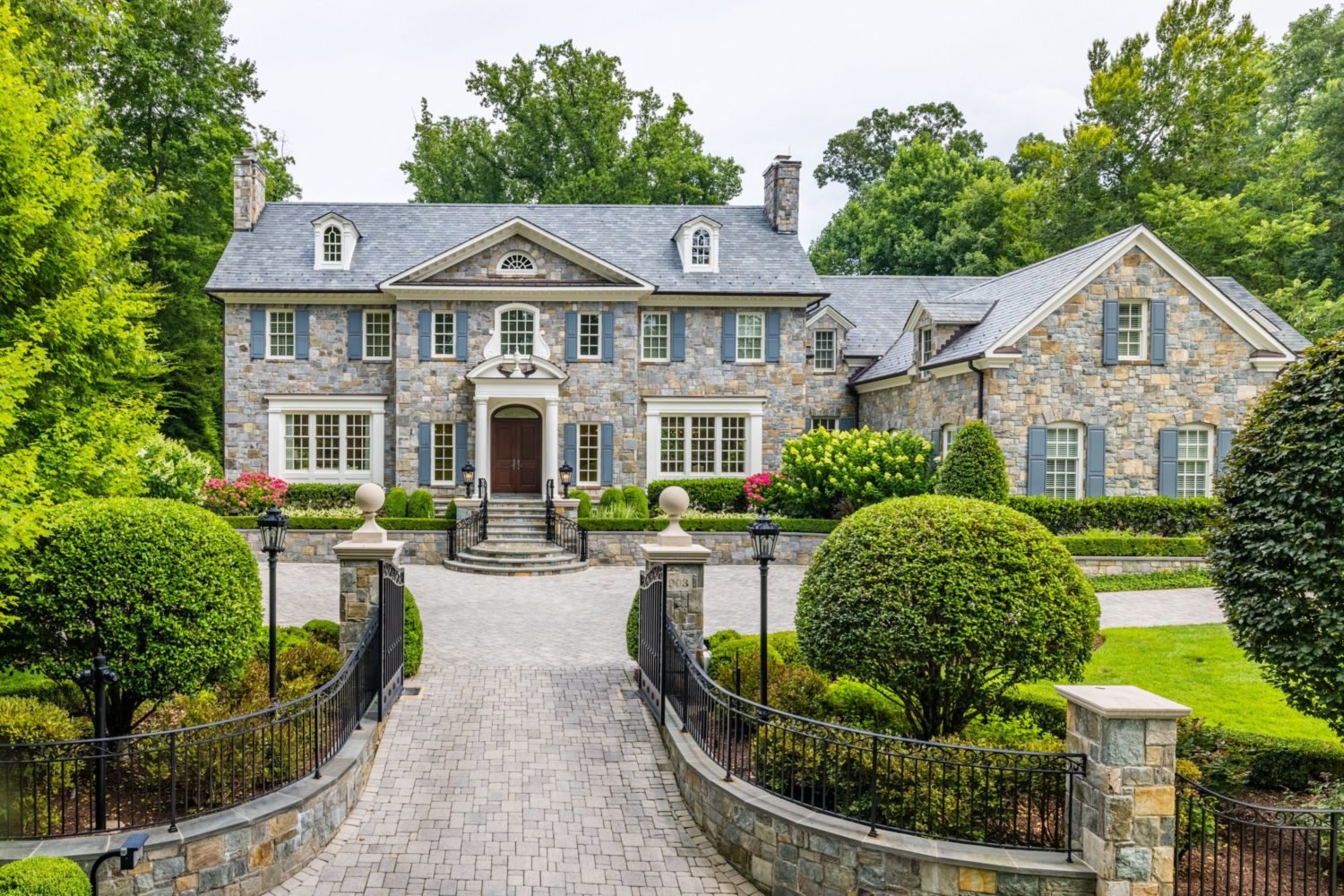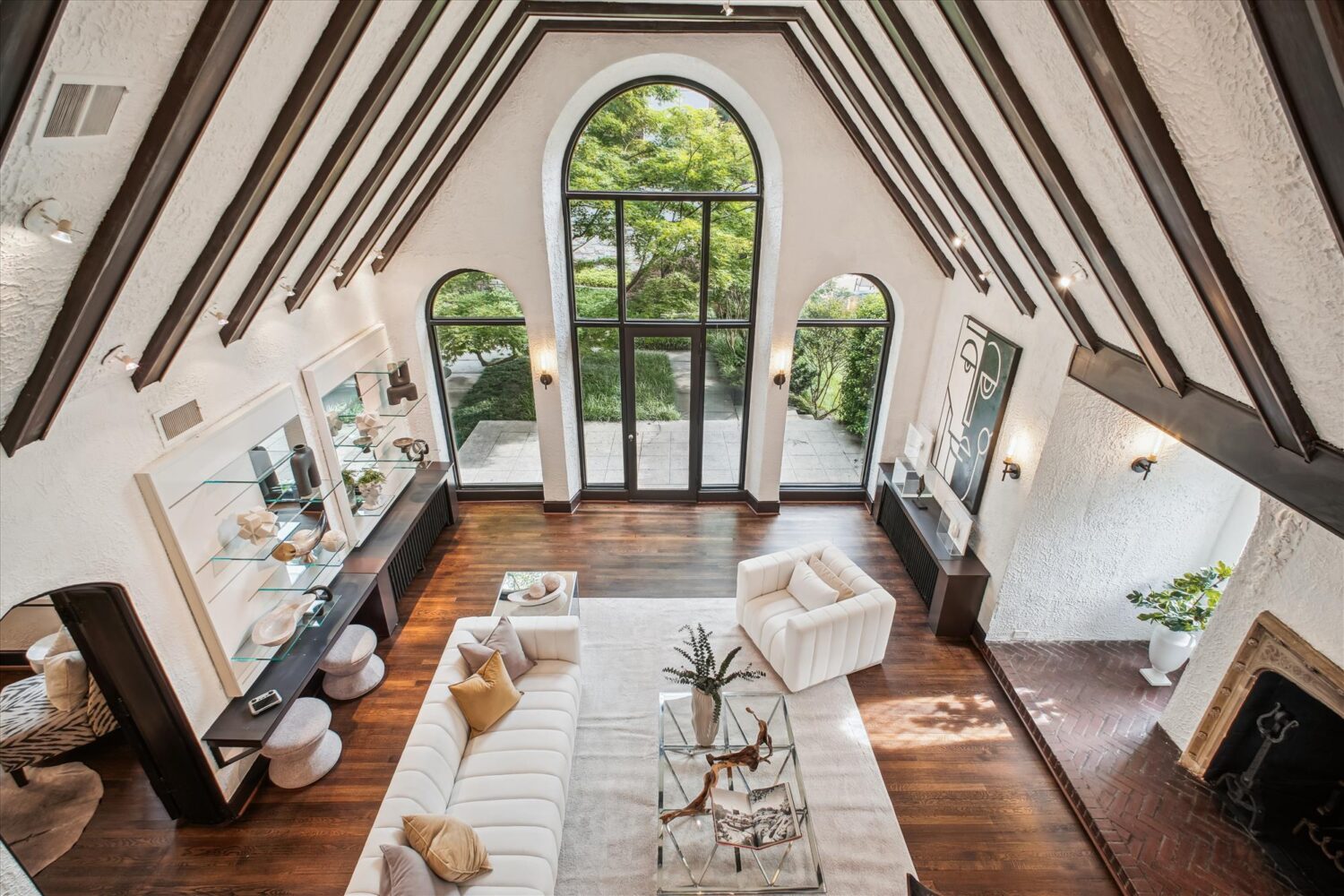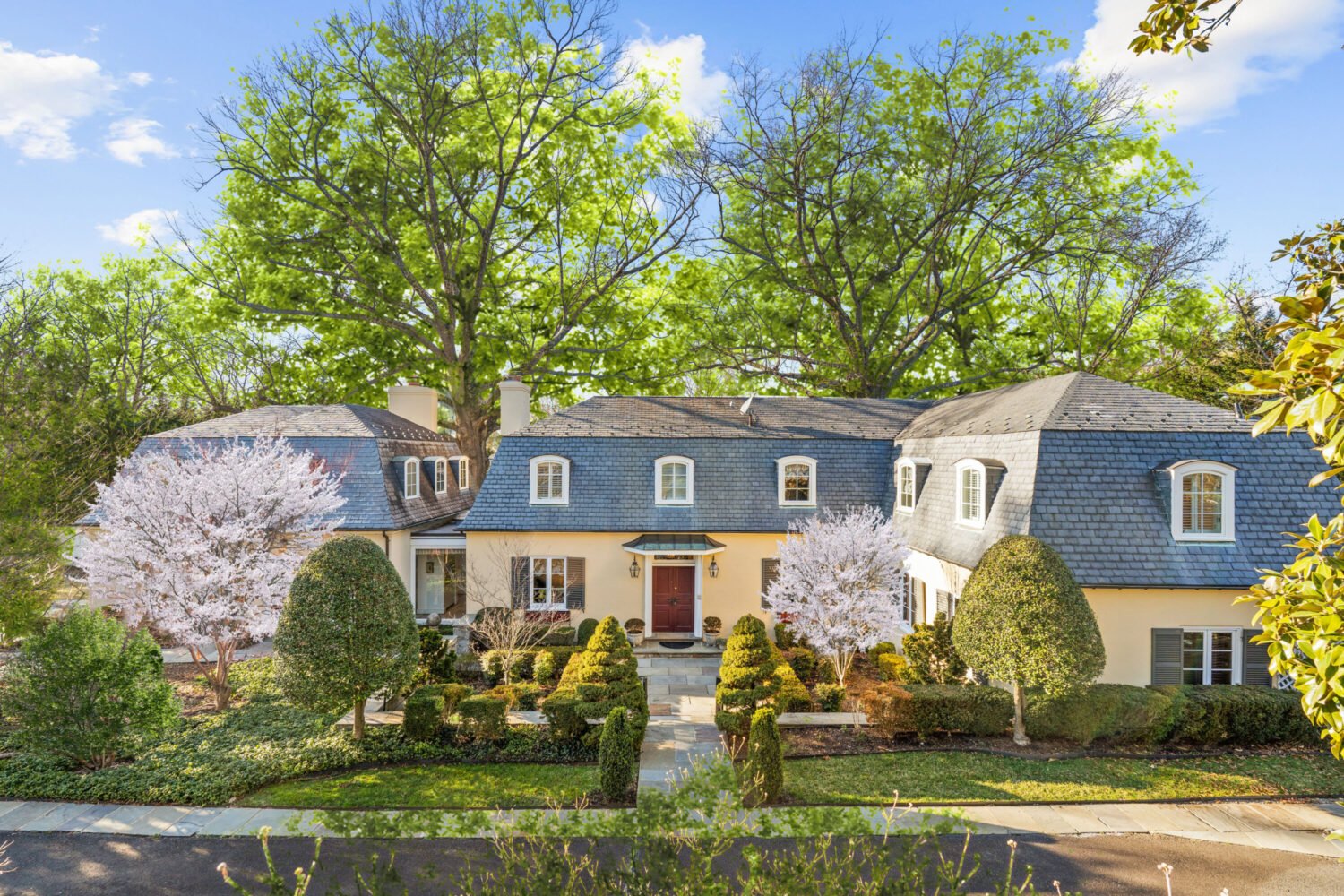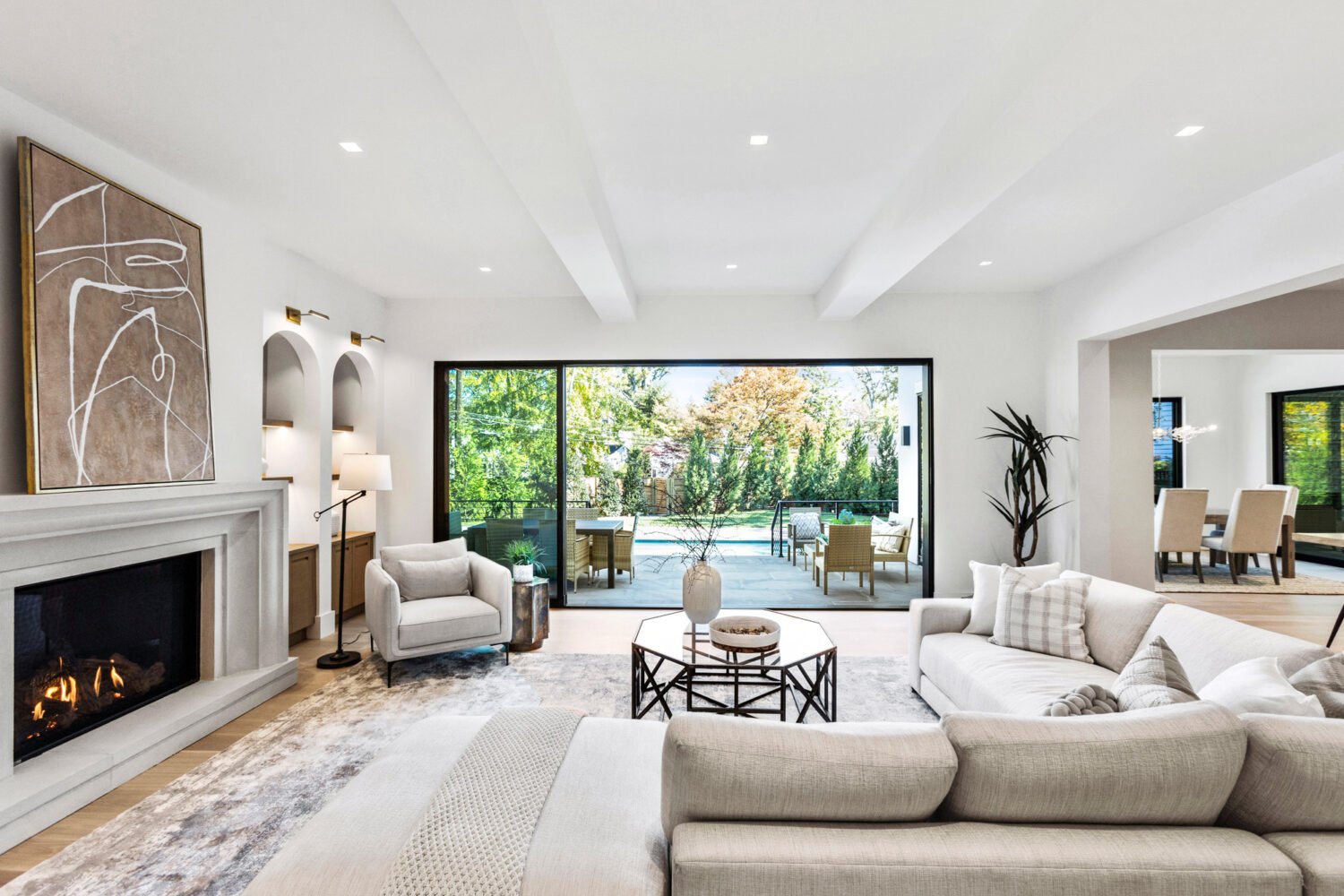To see a microcosm of how we’ve built, then decimated, then reimagined urban areas over the past century, walk or bike—but by all means, don’t drive—the two blocks between Eighth and Tenth streets along Northeast DC’s H Street corridor.
Lines of rowhouses stood there during the first half of the 20th century, when H Street was a bustling neighborhood of family homes and local stores. Destroyed in the 1968 riots, the blocks reeled right along with the rest of DC and big cities across the country—hemorrhaging population and devolving into violence. In 1984, a neighborhood woman was beaten and killed in an alley off H Street by a group of teenagers calling themselves the Eighth and H Crew.
Finally, the city decided it had to do something with the land and tapped developer Gary Rappaport to install the retail strip H Street Connection. “We were willing to build it as long as the parking was in front,” says Rappaport. “We felt, based on what was happening on H Street at that point, that it was not safe to put the parking behind the building. Thus, it became more like a suburban shopping center than an urban one.”
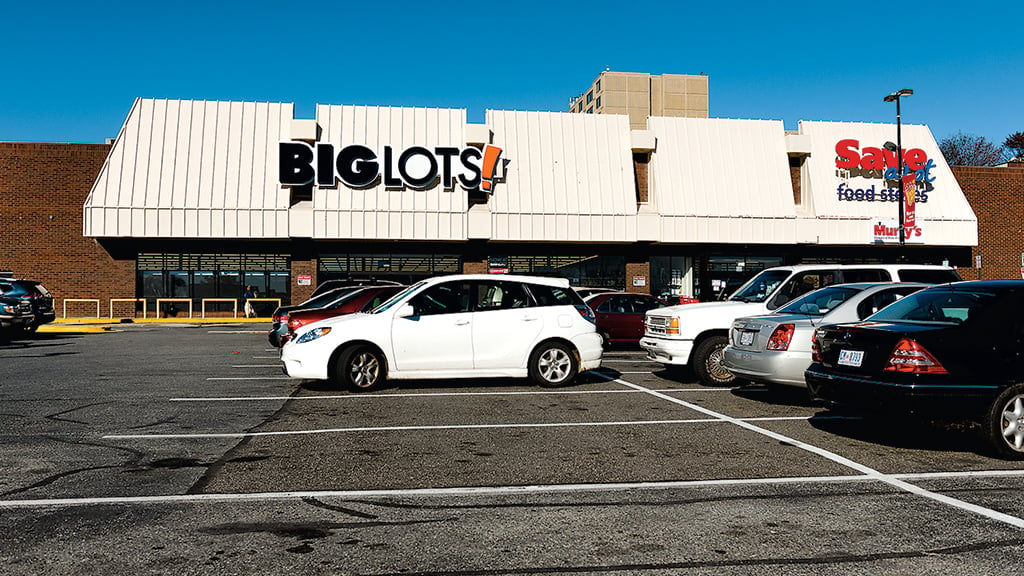
That was 1987, when strip malls were king. They were practical—H Street Connection brought a drugstore, dry cleaner, bank, and food market to a vastly underserved community. But at the same time, the model undercut whatever potential the neighborhood had for vibrant street life. Because customers drove in and parked, the sidewalks outside remained dreary and dangerous.
“People don’t like to walk past a parking lot,” says Ed McMahon, a senior fellow at the Urban Land Institute who studies strip-style development. “There are no eyes on the street. When you have buildings pulled up to the sidewalk, the street feels more comfortable—almost like an outdoor room.”
Two and a half miles north of H Street Connection, you’ll find Rhode Island Avenue Center in Northeast DC’s Edgewood. Another suburban-style shopping complex built in the ’80s, the 13-acre development isn’t only set back from Rhode Island Avenue by a parking lot; it’s also above the street by as much as 25 feet in some places. “Pedestrian-unfriendly” is an understatement. It’s practically pedestrian-hostile—constructed solely so drivers can come, then go.
Since the ’80s, of course, the city’s fortunes have changed dramatically, with people moving to the District at a pace that, according to the Metropolitan Washington Council of Governments, puts DC’s population on track to hit an all-time high of almost 900,000 by 2040. The very reason a lot of newcomers have moved into town is so they can live in urban neighborhoods welcoming to pedestrians.
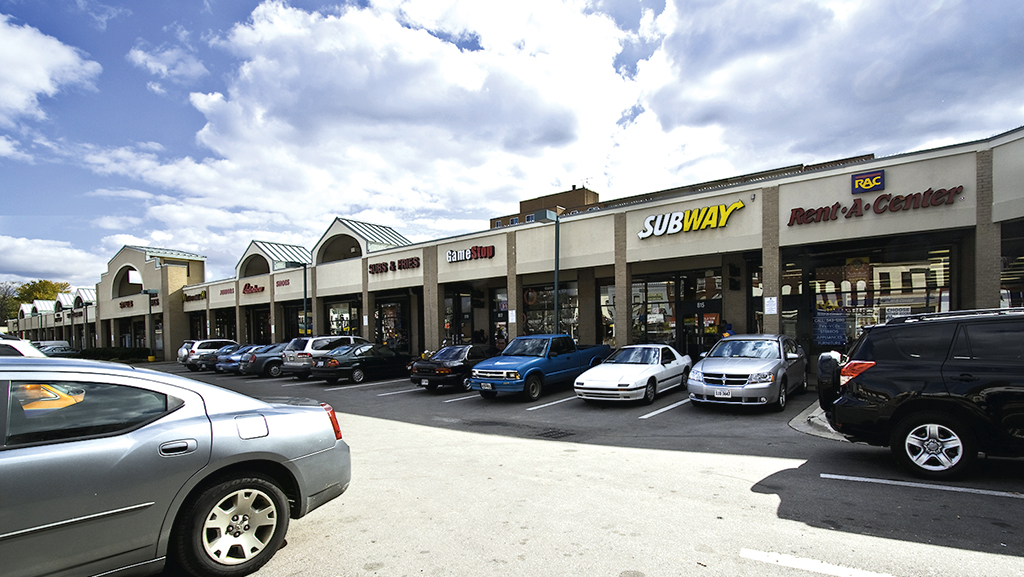
Which is why H Street Connection and Rhode Island Avenue Center are headed for the wrecking ball.
Ask Rappaport about his plans and it’s hard to believe he’s talking about the same two blocks he first developed 30 years ago. Describing the footprint of his future mixed-use building, he explains: “We specifically pushed the corner of Eighth and H back a bit to accommodate more outdoor seating for a restaurant. We want plenty of seating space to set a tone for the street.”
Atop 44,000 square feet of ground-floor restaurants and retail, the building is slated to have 419 apartments, from studios to two-bedrooms with dens. WC Smith is in charge of the project’s residential portion. Vice president Matthew Ritz says pricing hasn’t yet been determined, but judging from what else is going on in the neighborhood, it’s reasonable to assume rents would be around $2,000 to $3,000 a month.
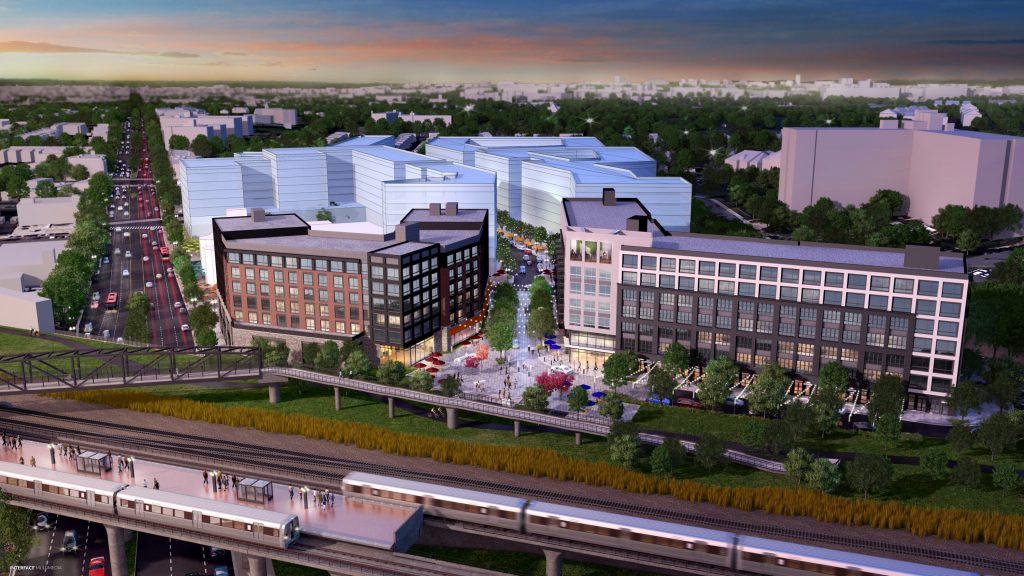
The few remaining leases for stores at H Street Connection expired at the end of 2015. Those businesses included a 7-Eleven and an ACE Cash Express, the kind of establishments you’d be hard-pressed to imagine will return to an area where down-market homes are giving way to upscale condos.
“We’re going to knock it down as fast as we can get the raze permits,” says Rappaport of the strip. He expects demolition to start in the first half of 2016, construction to begin by September, and the project to be completed in 2019.
At Rhode Island Avenue Center, MRP Realty—partnering with the center’s original owner, B&R Associates—also anticipates the first part of its development to finish in 2019. (The complete overhaul of all 13 acres will roll out in four or five phases over 10 to 15 years.)
MRP vice president John Begert says phase one will include up to 45,000 square feet of retail and 345 apartments. To make the fortress-like property more accessible to pedestrians, cyclists, and cars, MRP plans to build a new street grid through the site with multiple entry points as well as excavate the land to drop it closer to street level.
A primary draw for MRP, says Begert, was the fact that the Metropolitan Branch Trail borders the mall, and the Rhode Island Avenue Metro station is just across the street: “We really want to embrace the trail. We have a lot of retail looking toward it and the pedestrian bridge [from the Metro station].” Compared with how the site was originally developed, he says, “it’s a complete 180.”
Senior editor Marisa M. Kashino (@marisakashino) can be reached at mkashino@washingtonian.com.
This article appears in our January 2016 issue of Washingtonian



